Home>Articles>759 Neoprene Beer Washer Where Does It Go On Kegerator


Articles
759 Neoprene Beer Washer Where Does It Go On Kegerator
Modified: August 27, 2024
Looking for articles on where to place your 759 Neoprene Beer Washer on a kegerator? Find all the information you need here.
(Many of the links in this article redirect to a specific reviewed product. Your purchase of these products through affiliate links helps to generate commission for Storables.com, at no extra cost. Learn more)
Introduction
Welcome to the world of kegerators, the ultimate appliance for beer lovers. When it comes to enjoying a refreshing draught of your favorite brew at home, there’s nothing quite like the convenience and satisfaction that a kegerator can bring. But before you jump right into setting up your new kegerator, there is one crucial accessory that you need to know about – the neoprene beer washer.
So, what exactly is a neoprene beer washer and why is it important for your kegerator setup? In this article, we will explore the purpose of a neoprene beer washer and guide you on where it should be placed on your kegerator.
But first, let’s talk about what exactly a neoprene beer washer is. A neoprene beer washer is a small, circular gasket made of neoprene material that is specifically designed to create a tight and secure seal between your keg and the kegerator. It acts as a barrier between the keg posts and the kegerator components, preventing any leaks or loss of carbonation.
So, why is a neoprene beer washer important for your kegerator? Well, let’s dive into the purpose of this little yet essential accessory.
Key Takeaways:
- Neoprene beer washers are essential for kegerator setups, creating a secure seal to prevent leaks and maintain carbonation levels, ensuring a consistently enjoyable beer-drinking experience at home.
- Proper installation and maintenance of neoprene beer washers are crucial for their effectiveness, requiring regular inspection, cleaning, sanitization, and timely replacement to extend their lifespan and preserve the integrity of kegerator systems.
What is a neoprene beer washer?
A neoprene beer washer, as mentioned earlier, is a circular gasket made from neoprene material. Neoprene is a synthetic rubber known for its excellent sealing properties, durability, and resistance to temperature and chemicals. These qualities make neoprene the ideal material for creating a tight and reliable seal in kegerator systems.
The primary function of a neoprene beer washer is to prevent leaks and maintain the carbonation levels in your keg. When you connect a keg to a kegerator system, the pressure from the CO2 gas inside the keg pushes the beer out, allowing it to flow smoothly through the dispensing system and into your glass. However, if there are any gaps between the keg posts and the kegerator components, it can lead to CO2 leaks and result in flat beer.
That’s where the neoprene beer washer comes in. By placing a neoprene beer washer on each of the keg posts, you create a tight seal that prevents any escape of CO2. This ensures that the pressure inside the keg remains constant, keeping your beer carbonated and preserving its flavor and freshness.
In addition to sealing the keg posts, the neoprene washer also acts as a protective barrier. It helps prevent any metal-on-metal contact between the keg posts and the kegerator components, reducing the risk of corrosion and damage to the equipment.
Overall, the neoprene beer washer plays a crucial role in maintaining the integrity of your kegerator system. By providing a secure seal and protecting your equipment, it ensures that you can enjoy a perfectly carbonated and flavorful beer every time.
Purpose of a neoprene beer washer
The purpose of a neoprene beer washer is twofold – to create a secure seal and to prevent leaks in your kegerator system. Let’s delve deeper into these purposes and understand why the neoprene beer washer is an essential component of your kegerator setup.
1. Secure Seal:
One of the primary functions of the neoprene beer washer is to create a secure seal between the keg posts and the kegerator components. When you attach a keg to the kegerator, the neoprene beer washer is placed on the keg posts before connecting them to the corresponding couplers. This creates a tight seal, ensuring that there are no gaps or leaks between the keg posts and the kegerator system.
The secure seal provided by the neoprene beer washer prevents any unwanted escape of CO2 gas. This is crucial because the pressure of the CO2 gas inside the keg is what carbonates the beer and allows it to flow smoothly through the dispensing system. Without a proper seal, the CO2 gas can leak, leading to flat beer and a disappointing drinking experience.
2. Leak Prevention:
In addition to creating a secure seal, the neoprene beer washer also acts as a barrier to prevent leaks. It helps to minimize the chances of any CO2 gas or liquid beer seeping out from the kegerator system. This is particularly important when it comes to the connection between the keg posts and the couplers or taps.
Without the neoprene beer washer, there could be small gaps or inconsistencies between the keg posts and the kegerator components. These gaps can result in leaks, causing the loss of carbonation and the potential for messy spills. The neoprene beer washer effectively fills these gaps, ensuring a tight and reliable connection between the keg and the kegerator system.
Overall, the purpose of a neoprene beer washer is to provide a secure and leak-free connection between the keg posts and the kegerator components. By creating an airtight seal, it helps maintain the carbonation levels in your beer and ensures a smooth and enjoyable drinking experience.
Components of a kegerator
A kegerator is a specialized refrigerator designed to store and dispense kegs of beer. It consists of several key components that work together to create the perfect environment for storing and serving draft beer. Let’s take a closer look at the essential components of a kegerator:
1. Refrigeration System:
The refrigeration system is the heart of a kegerator. It is responsible for cooling the keg to the ideal serving temperature, usually between 36 to 40 degrees Fahrenheit (2 to 4 degrees Celsius). The cooling mechanism ensures that beer stays fresh and maintains its flavors by slowing down the growth of bacteria and yeast.
2. Keg Storage Area:
The keg storage area is where the kegs are placed inside the kegerator. This compartment is designed to accommodate different keg sizes, such as quarter barrels, half barrels, or even smaller homebrew kegs. The storage area is insulated to maintain the proper temperature and prevent any condensation build-up.
3. Dispensing System:
The dispensing system consists of various components that allow you to pour beer from the keg with ease. It typically includes a CO2 tank, a regulator, gas lines, and beer lines. The CO2 tank provides the necessary pressure to push the beer from the keg to the tap, while the regulator controls the CO2 flow. The gas lines connect the CO2 tank to the keg, and the beer lines transport the beer from the keg to the tap for pouring.
4. Tap Tower and Faucet:
The tap tower is a vertical column that sits on top of the kegerator and houses the faucet(s) where you pour your beer. It can feature one or multiple faucets, depending on the model. The tap tower is usually made of stainless steel and is insulated to prevent any heat transfer from the surrounding environment. The faucet is where you control the flow of beer when dispensing it into the glass.
5. Drip Tray:
A drip tray is often located below the tap tower and serves to catch any spills or drips that may occur during the pouring process. It helps to keep the area around the kegerator clean and prevents any liquid from accumulating on the surface. The drip tray can be removable for easy cleaning.
6. Control Panel:
The control panel is typically located on the front or top of the kegerator and lets you adjust the temperature and monitor the cooling system. It may feature buttons or dials to set the desired temperature and may also display the current temperature inside the kegerator.
These are the fundamental components of a kegerator, each playing a crucial role in ensuring that your beer stays cold, carbonated, and ready to be enjoyed. Understanding these components will help you better appreciate the inner workings of your kegerator and make the most out of your beer-drinking experience.
The Neoprene beer washer is typically used on the keg coupler to create a tight seal between the coupler and the keg. It helps prevent leaks and maintain carbonation.
Where does the neoprene beer washer go on a kegerator?
When setting up a kegerator, it is important to know the proper placement of the neoprene beer washer to ensure a tight seal and prevent any leaks. The neoprene beer washer is used in two key areas of the kegerator: between the keg posts and the couplers, and between the couplers and the taps. Let’s explore each of these areas in detail:
1. Between the keg posts and the couplers:
The first place to use a neoprene beer washer is between the keg posts and the couplers. The couplers are the devices that connect the keg to the kegerator system. There are two types of couplers – one for the gas (CO2) line and the other for the beer line.
Before attaching the couplers to the keg, place a neoprene beer washer on each of the keg posts. The washer ensures a secure seal between the keg posts and the couplers, preventing any leaks or loss of carbonation. It is important to properly align the washer with the keg posts to ensure a tight fit.
2. Between the couplers and the taps:
The second place to use a neoprene beer washer is between the couplers and the taps. The taps are where you dispense the beer from the kegerator. Like the couplers, there are separate taps for the gas line and the beer line.
To install the taps, connect them to the couplers while ensuring that a neoprene beer washer is placed in between. The washer creates a tight seal and prevents any leakage, allowing the beer to flow smoothly from the keg to the tap without losing carbonation.
Remember, it is essential to use a neoprene beer washer in both these areas to maintain the integrity of your kegerator system. Without a proper seal, you may experience leaks or loss of carbonation, resulting in flat beer and a less enjoyable drinking experience.
It is worth mentioning that the exact placement of the neoprene beer washer may vary slightly depending on the specific model and design of your kegerator. Be sure to consult the manufacturer’s instructions or guidelines for your particular kegerator to ensure proper installation.
By placing the neoprene beer washer in the correct locations, you are ensuring a tight and reliable seal throughout your kegerator system, allowing you to enjoy perfectly carbonated beer every time you pour from your kegerator.
Read more: Where To Buy Kegerator Draft Towers
Steps to Install a Neoprene Beer Washer on a Kegerator
Installing a neoprene beer washer on your kegerator is a straightforward process that requires just a few simple steps. Here is a step-by-step guide to help you install a neoprene beer washer properly:
1. Gather the necessary tools:
Before you begin, make sure you have all the tools and materials you need. This typically includes a neoprene beer washer, a keg, couplers, and taps. Additionally, you may need a wrench or adjustable pliers to tighten the connections.
2. Prepare the keg:
Ensure that the keg is properly cleaned and sanitized before installation. This will help maintain the quality and flavor of your beer. Remove the protective cap or cover from the keg posts.
3. Place the neoprene beer washer:
Take the neoprene beer washer and position it on one of the keg posts. Make sure that the washer fully covers the keg post and creates a complete seal. Repeat this step for the second keg post.
4. Attach the couplers:
Take the couplers – one for the gas line and one for the beer line – and attach them to the keg posts. Ensure that the couplers are aligned properly with the neoprene beer washer. Use a wrench or adjustable pliers to tighten the connections, making sure they are secure but not overly tightened.
5. Connect the taps:
If your kegerator has separate taps for the gas line and the beer line, now is the time to connect them to the couplers. Place the neoprene beer washer in between the couplers and the taps to ensure a proper seal. Again, tighten the connections with a wrench or adjustable pliers, being careful not to overtighten.
6. Perform a leakage test:
Once all connections are secure, it’s a good practice to perform a leakage test. Turn on the CO2 gas and check for any gas or beer leaks around the connections. If you notice any leaks, try tightening the connections or replacing the neoprene beer washer if necessary.
7. Adjust the pressure and temperature:
Set the desired pressure on the CO2 regulator, ensuring it is appropriate for the type of beer you are dispensing. Also, adjust the temperature of the kegerator to the recommended range for your specific beer style.
Now, you’re all set! Your neoprene beer washer is properly installed, and you can start enjoying fresh, carbonated beer from your kegerator.
Remember to follow the manufacturer’s guidelines and instructions specific to your kegerator model during the installation process to ensure proper operation and maintenance.
With a well-installed neoprene beer washer, you can rest assured that your kegerator will provide you with consistently great-tasting beer, free from leaks and loss of carbonation.
Proper Maintenance and Cleaning of a Neoprene Beer Washer
Proper maintenance and cleaning of a neoprene beer washer are crucial to ensure its longevity and effectiveness in your kegerator system. Here are some important steps to follow for the maintenance and cleaning of a neoprene beer washer:
1. Regular Inspection:
Periodically inspect the neoprene beer washer for any signs of wear, tears, or damage. Over time, the washer may degrade due to exposure to beer, cleaning agents, or other factors. If you notice any damage, it is important to replace the neoprene beer washer promptly to maintain a tight seal and prevent leaks.
2. Cleaning:
Clean the neoprene beer washer regularly to remove any build-up, sediment, or residue. To do this, remove the washer from the kegerator system and soak it in a solution of warm water and mild soap or a designated beer line cleaning solution. Gently scrub the washer with a soft brush to remove any debris. Rinse thoroughly with clean water to ensure all soap or cleaning solution is removed.
3. Sanitization:
Sanitize the neoprene beer washer before reinstalling it. This step helps ensure that any potential bacteria or contaminants are eliminated. One common method of sanitizing is to soak the washer in a sanitizing solution, such as a diluted bleach solution or a commercial beer line sanitizer. Follow the manufacturer’s instructions for the appropriate dilution and contact time, and rinse the washer thoroughly with clean water after sanitization.
4. Replacement:
Despite regular cleaning and maintenance, neoprene beer washers will eventually wear out. It is important to regularly replace them to maintain a proper seal and prevent any leaks or loss of carbonation. The frequency of replacement may vary depending on usage, but as a general guideline, it is recommended to replace your neoprene beer washer approximately every six months to one year.
5. Proper Storage:
When not in use, store the neoprene beer washer in a cool, dry place. Avoid exposure to extreme temperatures, direct sunlight, or harsh chemicals as they can degrade the material and affect its performance.
Remember, a well-maintained and clean neoprene beer washer is essential for ensuring the integrity of your kegerator system. By following these maintenance and cleaning practices, you can extend the lifespan of your neoprene beer washer, prevent leaks, and maintain the quality and carbonation of your beer.
Lastly, always refer to the manufacturer’s instructions and guidelines specific to your kegerator and neoprene beer washer for any additional maintenance recommendations or considerations for your particular equipment.
Conclusion
The neoprene beer washer is a small yet essential component of a kegerator system. Its purpose is to create a secure seal and prevent leaks, ensuring that your beer maintains its carbonation and freshness. By properly installing and maintaining a neoprene beer washer, you can enhance your kegerator experience and enjoy perfectly poured, flavorful beer every time.
Throughout this article, we learned that a neoprene beer washer is made of durable neoprene material and serves as a barrier between the keg posts and the kegerator components. Its primary function is to create a tight and reliable seal, preventing any loss of carbonation and maintaining the taste and quality of your beer.
We explored the proper placement of the neoprene beer washer in a kegerator, which includes placing it between the keg posts and the couplers, as well as between the couplers and the taps. By ensuring it is correctly positioned, you can prevent leaks and maintain the optimal carbonation levels in your beer.
Additionally, we discussed the necessary steps for installing a neoprene beer washer, which include gathering the required tools, preparing the keg, placing the washer, attaching the couplers and taps, performing a leakage test, and adjusting the pressure and temperature settings to ensure a perfect pour.
Proper maintenance and cleaning of a neoprene beer washer are crucial for its longevity and effectiveness. Regular inspection, cleaning, sanitization, and timely replacement are essential practices to prevent any damage, contamination, or loss of sealing properties. By following these guidelines, you can extend the lifespan of your neoprene beer washer and maintain the integrity of your kegerator system.
In conclusion, the neoprene beer washer plays a vital role in the proper functioning of your kegerator. While it may seem like a small component, its impact on the quality and enjoyment of your beer is significant. So, ensure that you have a properly installed and well-maintained neoprene beer washer to experience the full potential of your kegerator system and indulge in the pleasure of perfectly poured draft beer in the comfort of your own home.
Frequently Asked Questions about 759 Neoprene Beer Washer Where Does It Go On Kegerator
Was this page helpful?
At Storables.com, we guarantee accurate and reliable information. Our content, validated by Expert Board Contributors, is crafted following stringent Editorial Policies. We're committed to providing you with well-researched, expert-backed insights for all your informational needs.
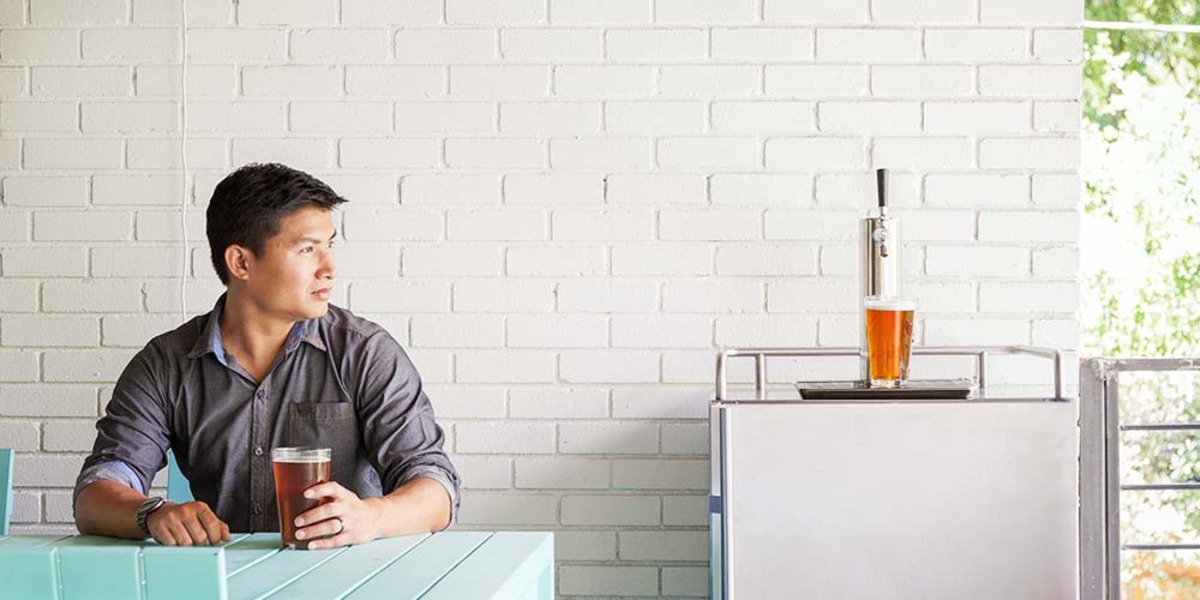
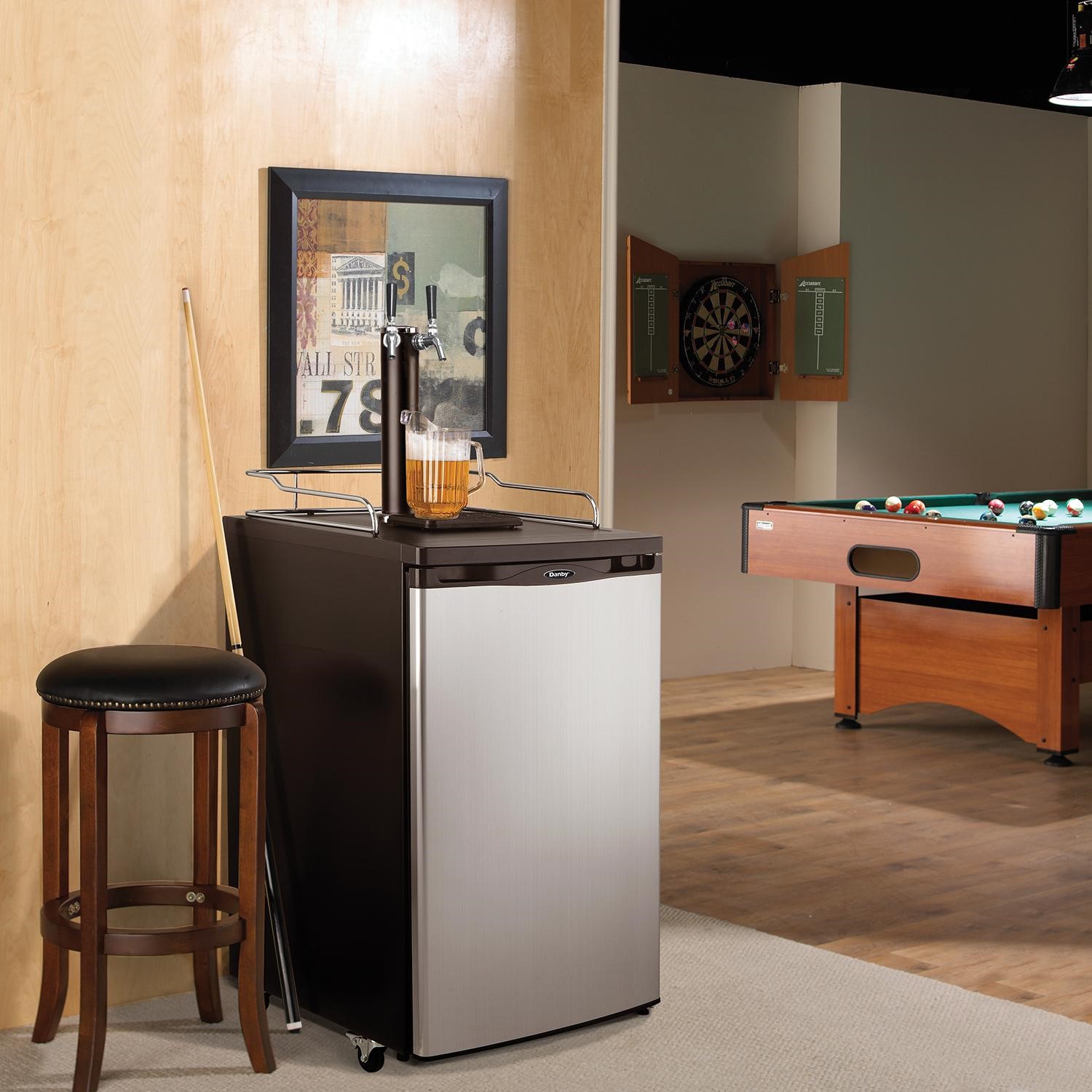
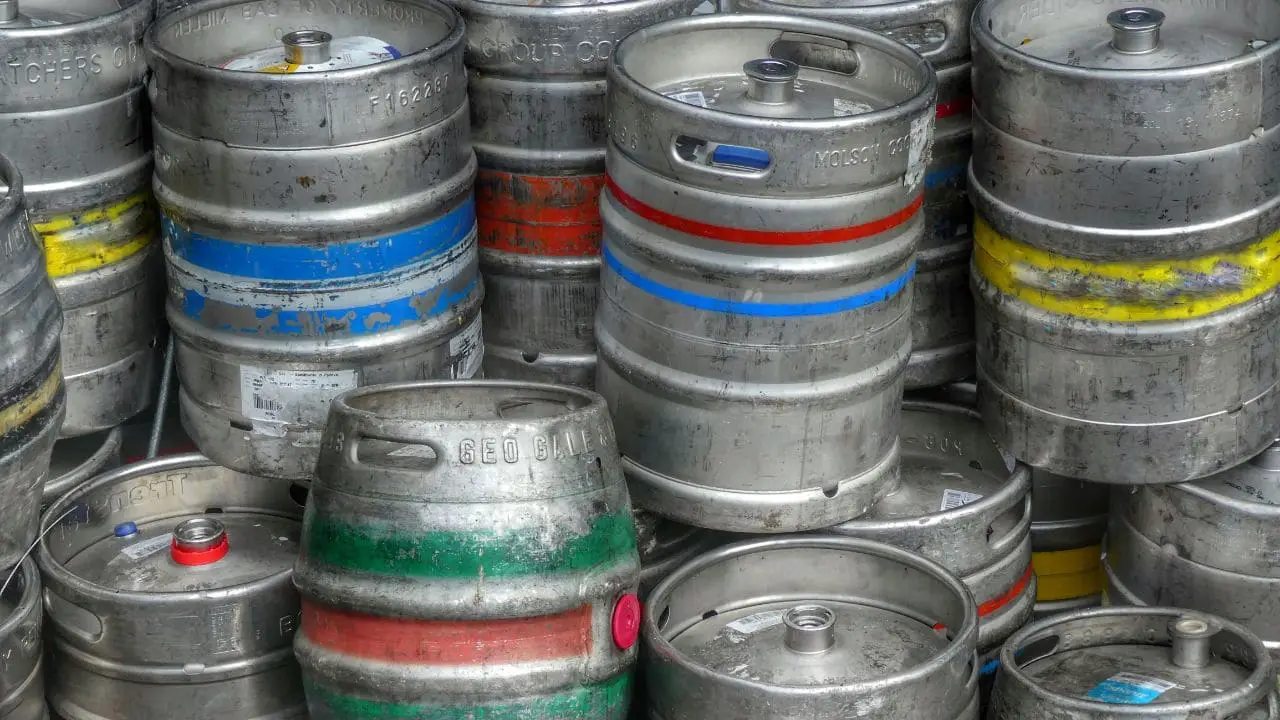
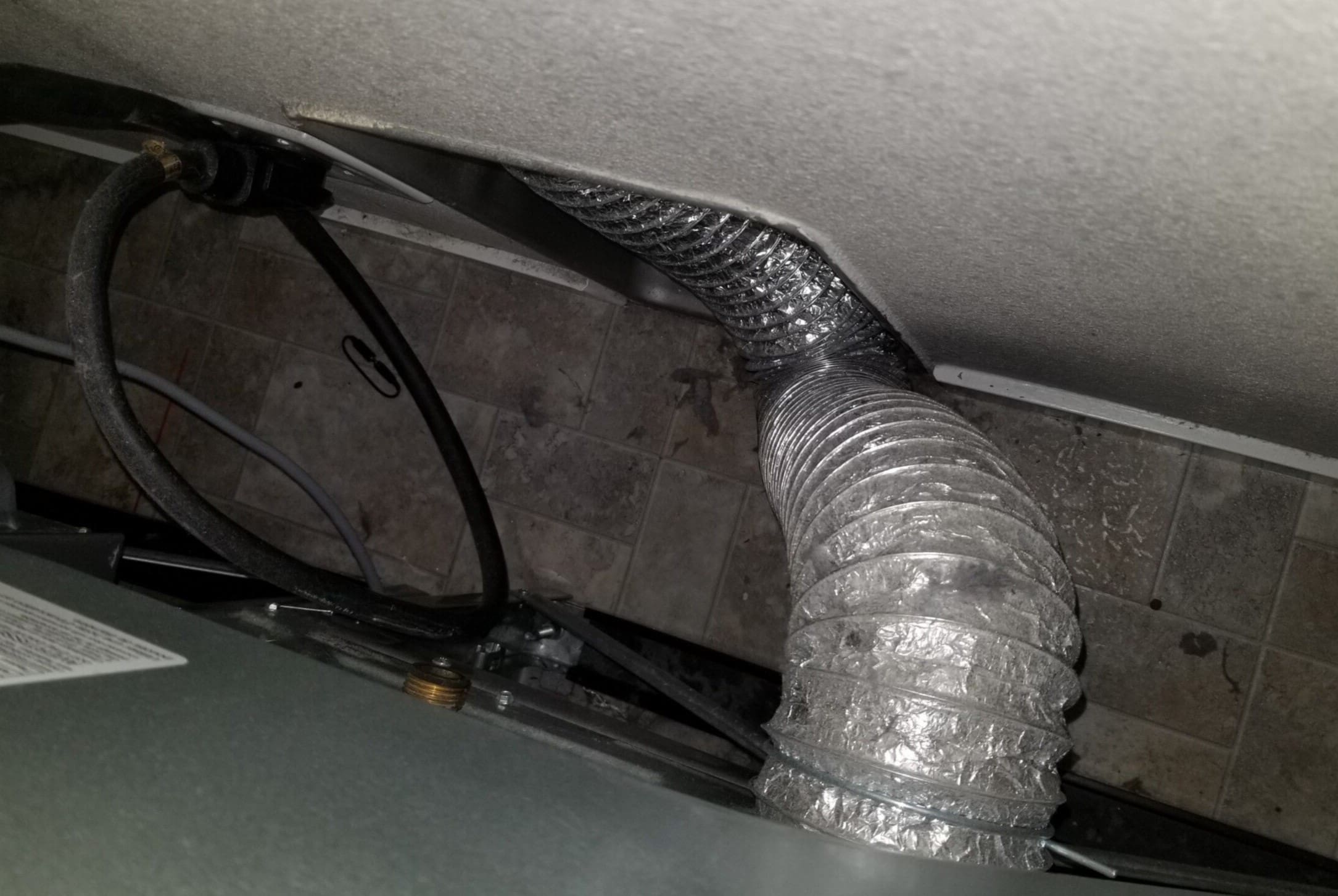

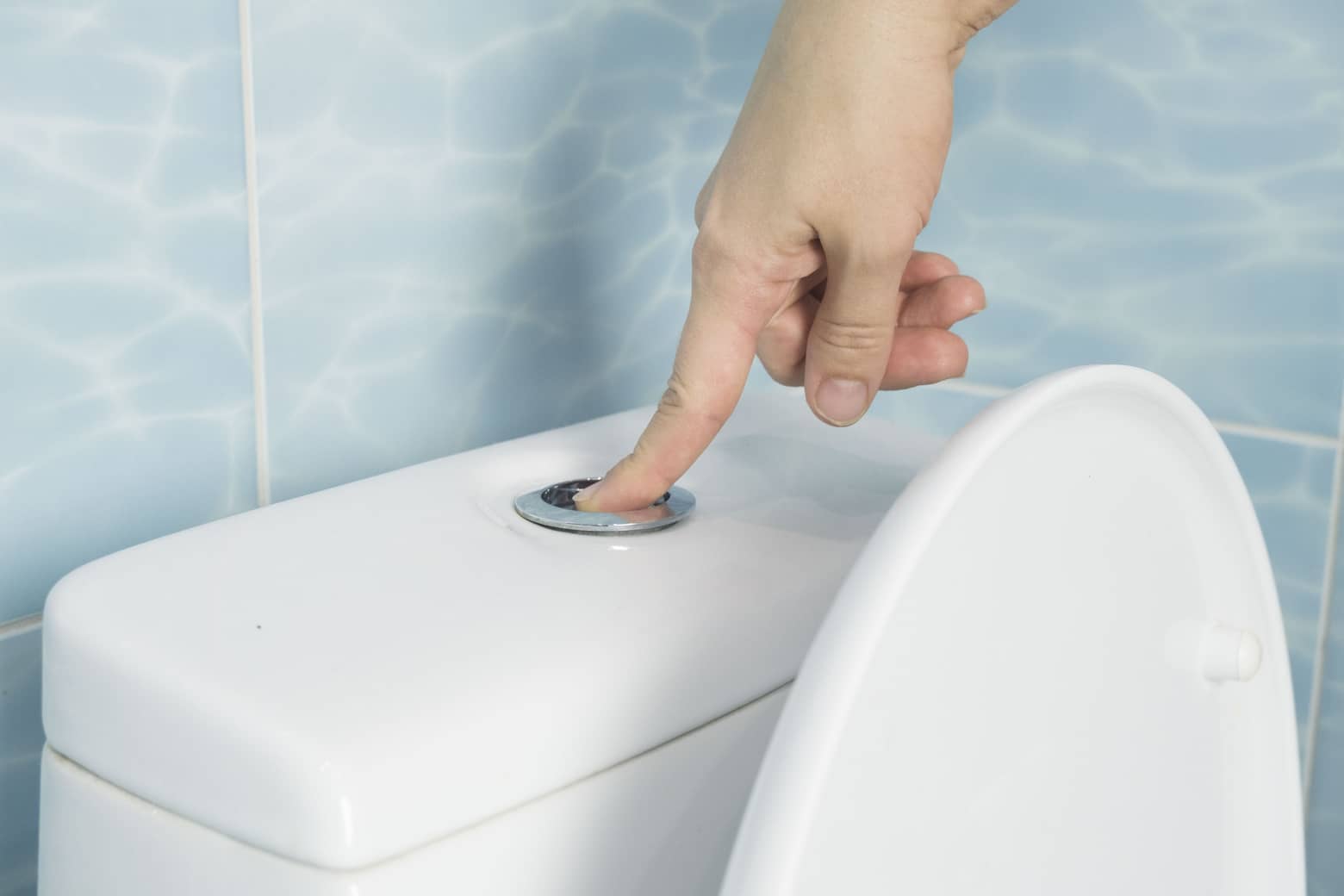



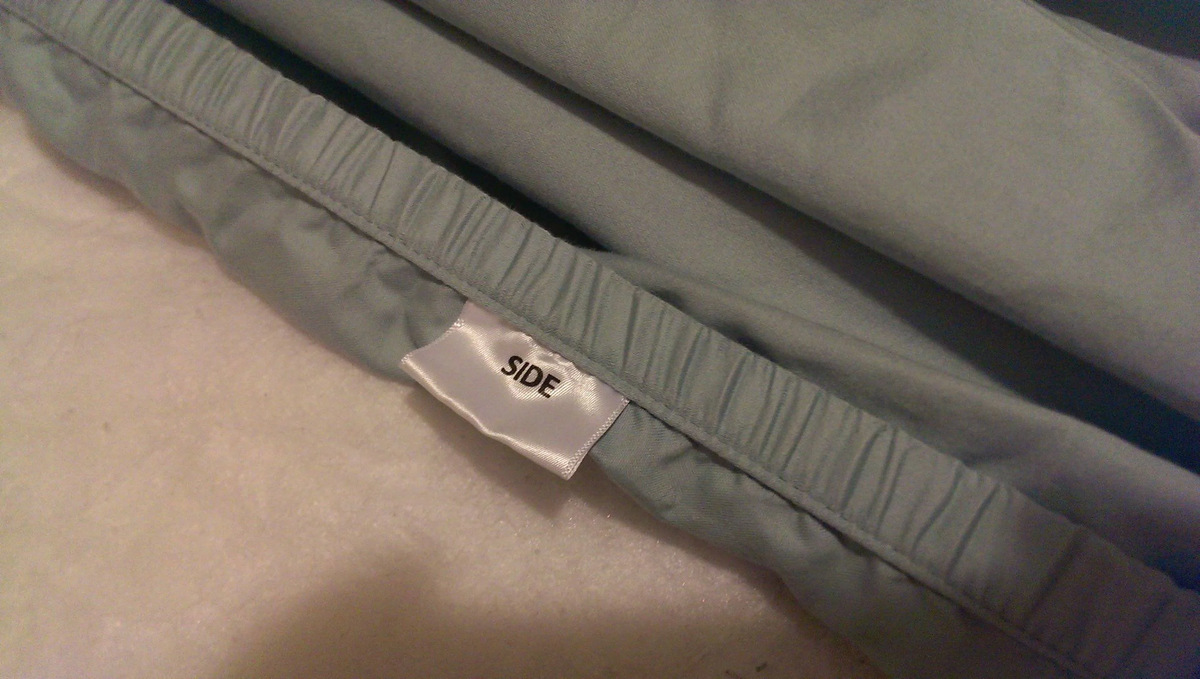


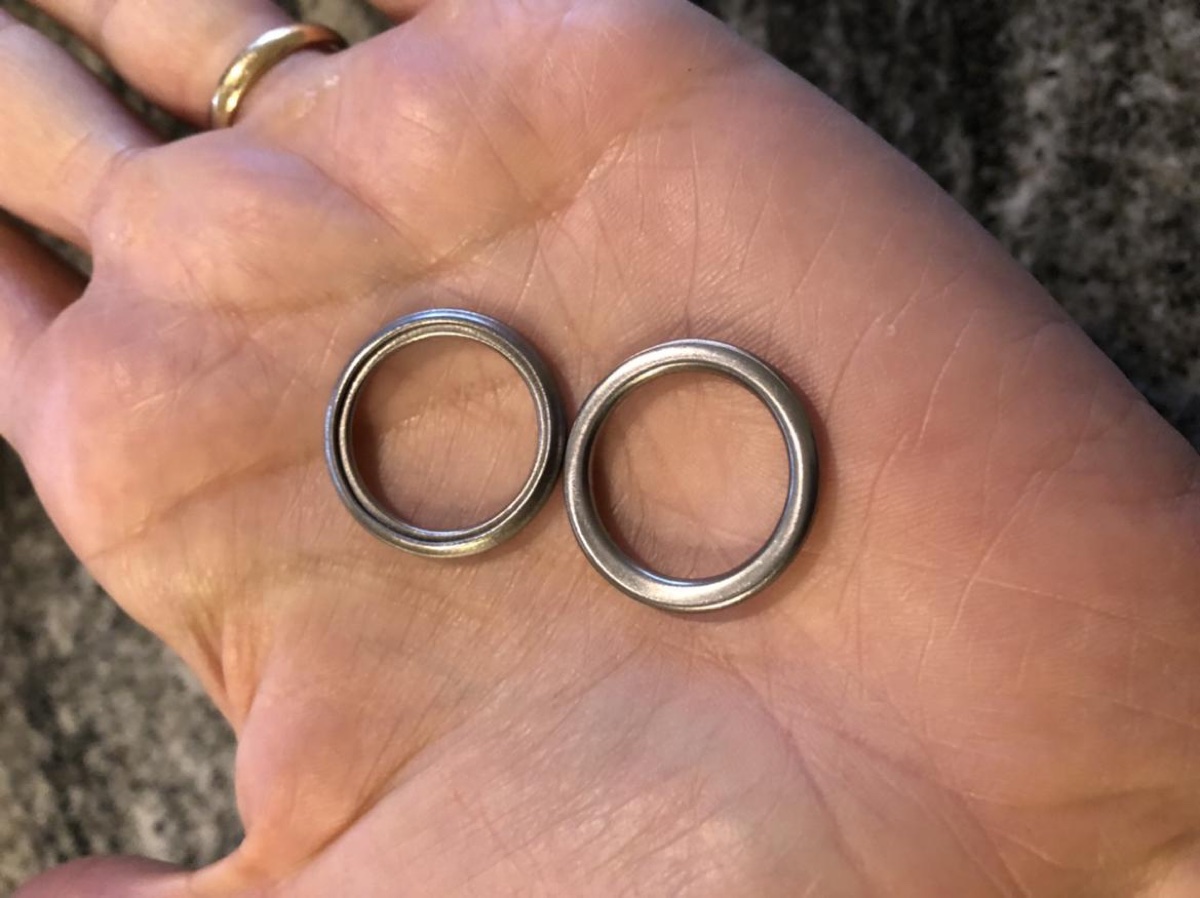
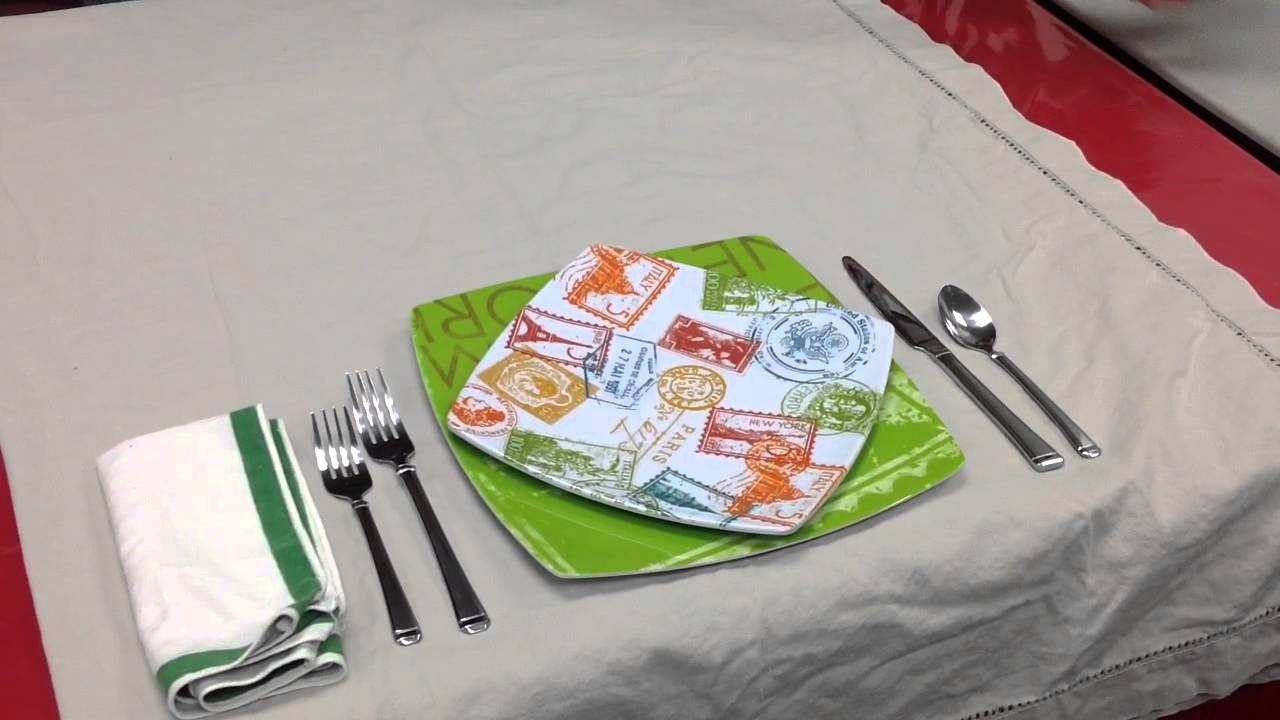

0 thoughts on “759 Neoprene Beer Washer Where Does It Go On Kegerator”